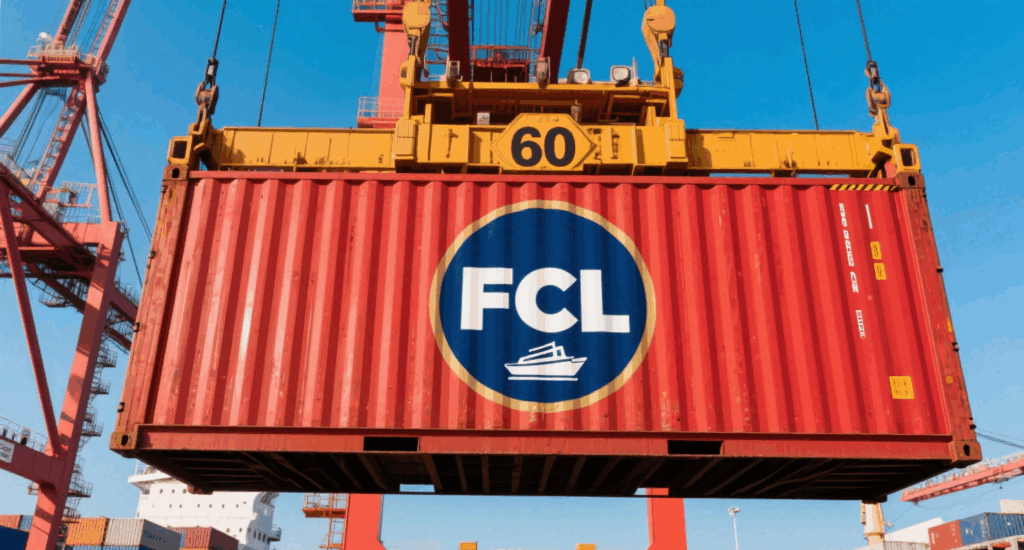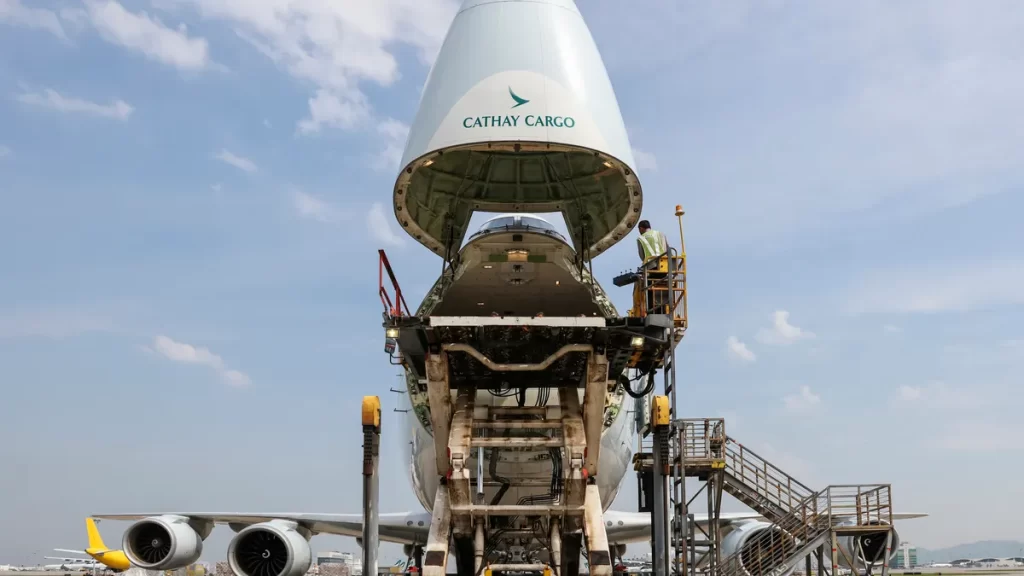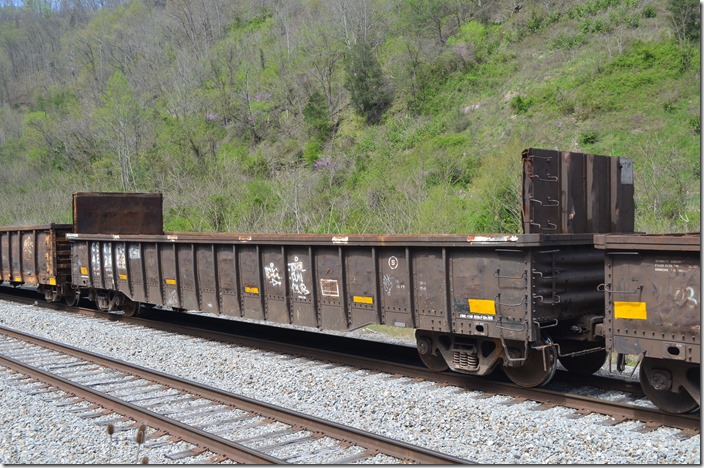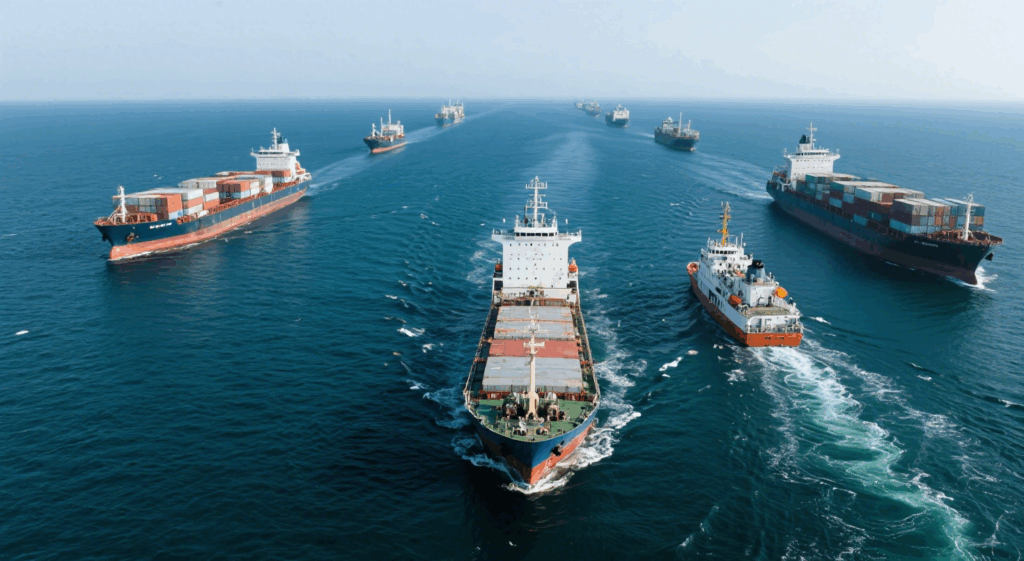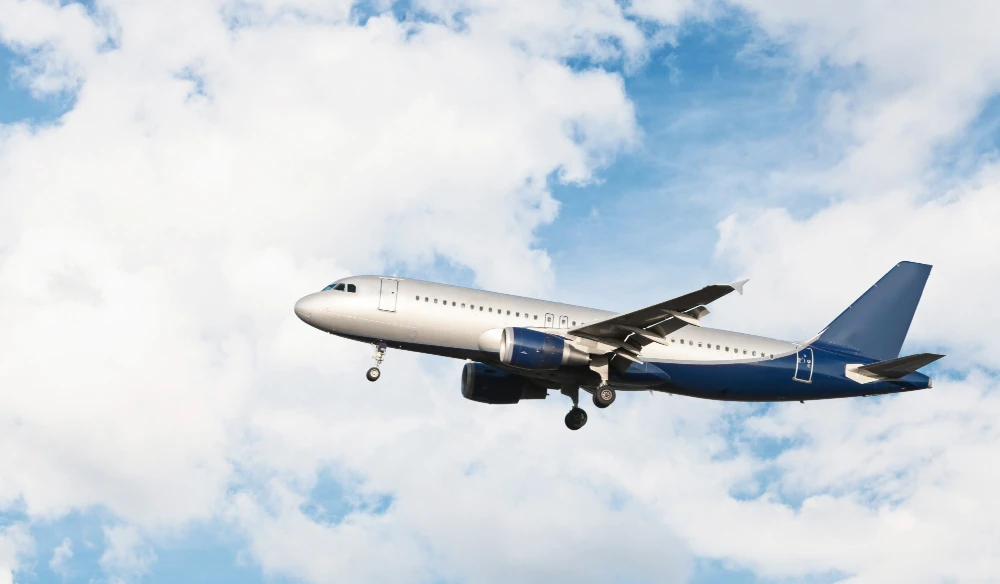Global importers constantly monitor container freight rates from China because costs directly affect profitability. Prices shift with market demand, fuel surcharges, and seasonal trends, leaving many businesses uncertain. This guide provides clear insights, real case studies, and practical tips to help you secure better rates and streamline international shipping.
What Factors Influence Container Freight Rates from China?
Several cost drivers impact container freight:
- Fuel surcharges and bunker costs change monthly.
- Port handling charges vary by Chinese and overseas ports.
- Container sizes (20GP, 40GP, 40HQ) carry different base rates.
- Trade seasons: Pre–Chinese New Year and Q4 peak demand raise costs.
- Carrier choice: Lines like COSCO, CMA, MSC, and ONE price differently.
Moreover, external influences such as congestion, global economy, and currency shifts (USD vs RMB) further alter prices.
How Much Do Container Freight Rates from China Cost in 2025?
Here’s a snapshot of typical shipping costs:
| Route (China Port → Destination) | 20GP (USD) | 40GP (USD) | 40HQ (USD) | Transit Time (Days) |
|---|---|---|---|---|
| Shanghai → Los Angeles | $2,300 | $3,900 | $4,100 | 18–22 |
| Shenzhen → Rotterdam | $2,600 | $4,200 | $4,400 | 28–35 |
| Ningbo → New York | $2,800 | $4,600 | $4,800 | 30–38 |
| Qingdao → Dubai | $2,100 | $3,700 | $3,900 | 20–25 |
| Tianjin → Lagos | $2,900 | $4,800 | $5,000 | 40–50 |
These rates fluctuate monthly, so comparing forwarders is essential.
Why Do Container Freight Rates from China Fluctuate So Much?
Freight prices are highly dynamic:
- Global demand shifts cause sudden spikes.
- GRI (General Rate Increases) applied by carriers.
- Strikes or port congestion delay cargo, raising costs.
- Fuel and energy volatility impacts surcharges.
- Currency movements influence USD-based freight.
For example, during 2021–2022, rates surged 400% because of supply chain bottlenecks and equipment shortages.
What Are the Shipping Options for Container Freight?
Shippers generally choose between FCL and LCL:
| Method | Features | Pros | Cons |
|---|---|---|---|
| FCL (Full Container Load) | One shipper per container | Lower per-unit cost, secure cargo | Higher upfront, requires volume |
| LCL (Less than Container Load) | Shared containers | Flexible for smaller cargo | Slower, risk of damage from mixing |
Air and rail transport are alternatives when urgent delivery or specific routes (e.g., China–Europe trains) are required.
How Long Does Container Shipping from China Take?
Transit time varies by mode and route:
| Destination | Sea Freight | Rail Freight | Air Freight |
|---|---|---|---|
| West Coast USA | 18–22 days | – | 3–5 days |
| East Coast USA | 30–38 days | – | 5–7 days |
| Europe (Rotterdam) | 28–35 days | 18–22 days | 2–4 days |
| Middle East (Dubai) | 20–25 days | – | 2–3 days |
| Africa (Lagos) | 40–50 days | – | 5–7 days |
As a result, importers often balance cost and urgency by mixing sea with occasional air freight.
Which Customs Documents Are Needed for Container Freight?
| Document | Purpose |
|---|---|
| Bill of Lading (B/L) | Evidence of contract and cargo ownership |
| Commercial Invoice | Declares product value for customs |
| Packing List | Breaks down shipment details |
| Certificate of Origin | Verifies where goods were made |
| Import Licenses | Needed in some markets |
| Customs Declaration | Ensures regulatory compliance |
Failure to prepare these documents may cause delays and penalties.
Real Case Studies of Container Freight from China
Case 1: Shanghai → Los Angeles (Electronics, 40HQ)
- Goods: Consumer electronics, 25 tons
- Mode: FCL 40HQ
- Cost: $4,050
- Transit: 20 days
- Remark: COSCO offered a discount contract.
Case 2: Shenzhen → Rotterdam (Furniture, LCL)
- Goods: Mixed furniture, 12 CBM
- Mode: LCL consolidation
- Cost: $1,350
- Transit: 32 days
- Remark: Extra 3 days for consolidation process.
Should You Choose Sea, Rail, or Air Freight from China?
| Method | Cost | Speed | Best Suited For |
|---|---|---|---|
| Sea Freight | Lowest per-unit | Slowest | Bulk shipments |
| Rail Freight | Medium | Moderate | Europe-bound cargo |
| Air Freight | Highest | Fastest | Urgent, high-value items |
On the other hand, hybrid logistics—sea for bulk, air for samples—helps balance cost and efficiency.
How to Save on Container Freight Rates from China?
- Ship during off-peak months.
- Use long-term contracts instead of spot bookings.
- Select nearby origin ports to cut trucking.
- Consolidate smaller shipments into LCL.
- Work with established forwarders such as Top China Freight.
Additionally, using online freight calculators ensures real-time price comparison.
Do Incoterms Change Container Freight Costs?
Yes, Incoterms directly define cost-sharing:
- FOB (Free on Board): Buyer arranges freight → cheaper but requires logistics expertise.
- CIF (Cost, Insurance, Freight): Seller arranges → costlier but more convenient.
Choosing the right term avoids disputes and unexpected charges.
Conclusion
To summarize, mastering container freight rates from China allows businesses to cut expenses and plan better. Costs vary with container size, port charges, and seasonality. Case studies highlight how shippers save by selecting the right route, mode, and Incoterms. Partnering with a reliable forwarder ensures optimized shipping costs, predictable timelines, and stress-free customs clearance.
- Consult TJ China Freight Forwarding for the lowest quote. They will provide you with reliable, cost-effective service.
FAQ:
Q1.How are container freight rates from China calculated per CBM?
They are calculated by weight or volume, whichever is greater, especially for LCL shipping from China to worldwide destinations.
Q2.Do container freight rates from China differ by carrier?
Yes, major carriers like COSCO, CMA, and MSC provide varying rates, schedules, and services, so forwarder comparison is essential.
Q3.What affects peak season container freight rates from China?
Rates increase before Chinese New Year and during Q4 holidays, driven by higher demand and tighter container availability globally.
Q4.How does container type influence freight costs from China?
Special containers like open-top or flat-rack cost more compared to standard dry containers when shipping cargo from China.
Q5.Do container freight rates from China change weekly?
Indeed, rates are updated frequently due to global demand shifts, fuel surcharges, and shipping line capacity management strategies.


